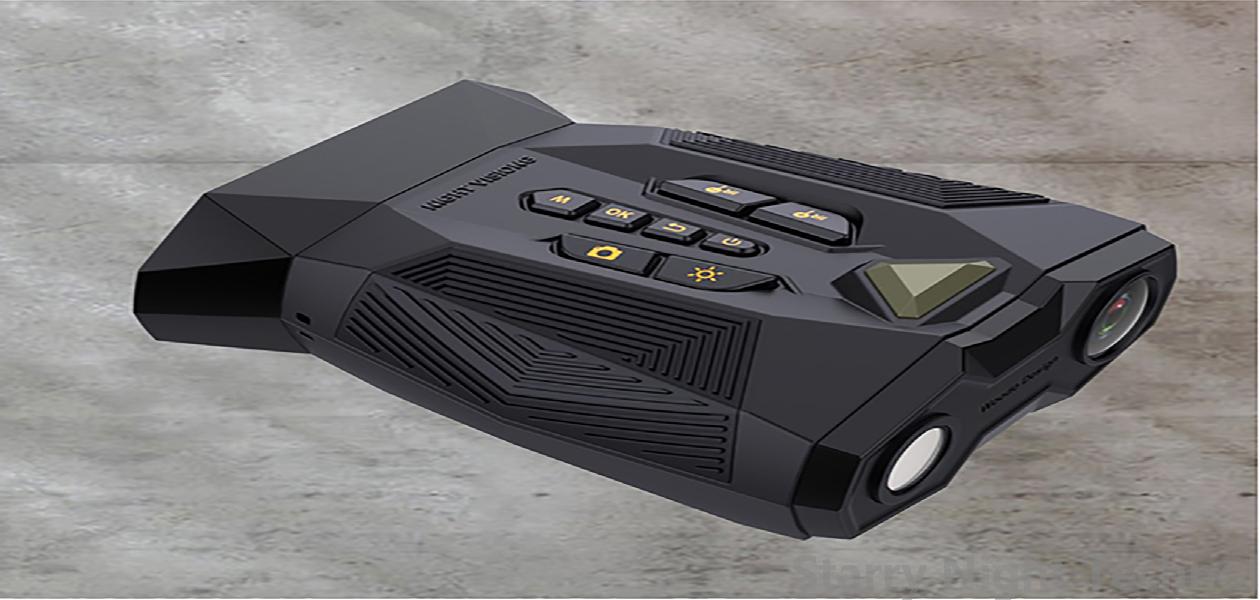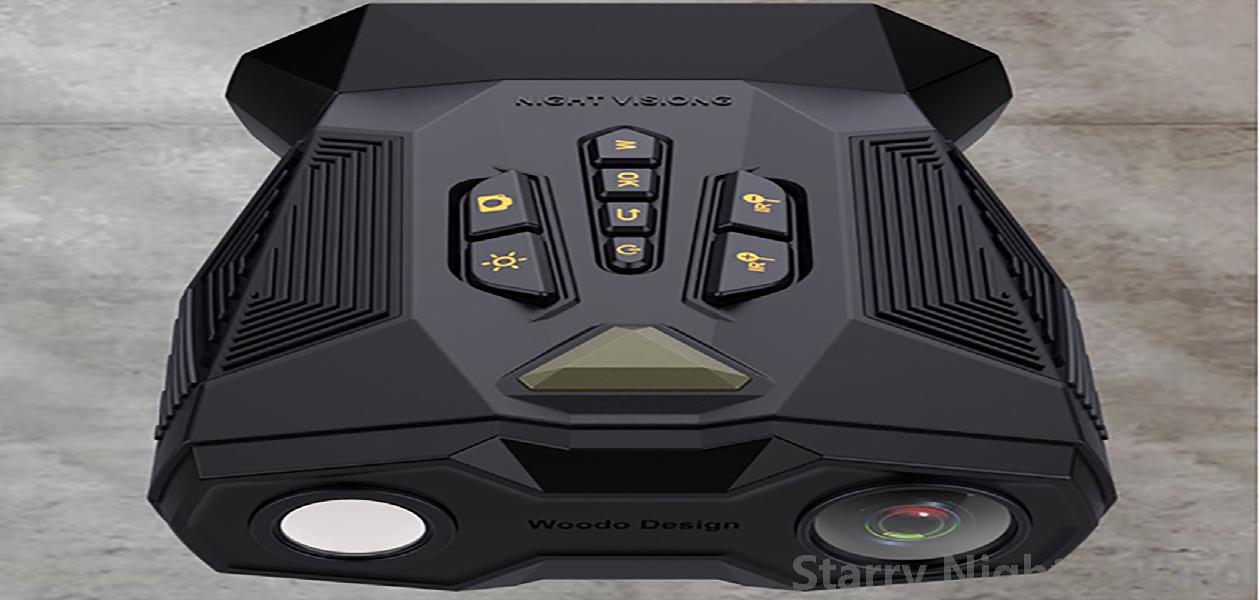High-Tech Night Vision Gear for Improved Sight
1725760808000

In the age of rapid technological advancement, high-tech night vision gear has made significant strides, transforming the way we see in the dark. Whether for military applications, law enforcement, outdoor sports, security, or wildlife observation, modern night vision equipment has evolved from rudimentary devices to sophisticated, multi-functional tools. This article explores the evolution of night vision technology, its various applications, advancements in gear, and the future prospects of low-light vision solutions.
#### The Evolution of Night Vision Technology
Night vision technology dates back to World War II when early iterations were developed primarily for military use. These original devices were bulky and ineffective in low-light conditions, relying heavily on ambient light to create a visible image. As the decades progressed, advancements in optics and electronics led to the creation of image intensification (I2) technology, which flattened the playing field for engaging in nighttime operations.
Modern night vision devices typically fall into two categories: image intensifying (I2) devices and thermal imaging systems. Image intensifying devices amplify available light, rendering a visible photo-like image, while thermal imaging detects heat signatures, allowing for the visualization of objects based on temperature differences, rather than light levels. Both technologies have become indispensable in various sectors, enhancing visibility in darkness and providing a tactical advantage in crucial situations.
#### Applications of Night Vision Gear
1. **Military and Defense**:
The military has been one of the primary users of night vision technology, employing it for reconnaissance, surveillance, and combat operations. Gear like night vision goggles, rifle scopes, and monoculars enables soldiers to navigate and engage in combat efficiently during nighttime or in low-light environments. The military continually invests in research and development to enhance these technologies further, ensuring the safety and success of their operations.
2. **Law Enforcement**:
Law enforcement agencies utilize night vision equipment for a wide range of operations, from conducting patrols in dark urban areas to searching for suspects under cover of darkness. Tools like body-mounted goggles, tactical flashlights, and thermal imaging are used not only to enhance officer safety but also to facilitate investigations and accurately assess situations without alarming suspects.
3. **Wildlife Observation**:
For wildlife enthusiasts and researchers, high-tech night vision gear provides the ability to observe nocturnal animals in their natural habitats without disturbing them. High-resolution binoculars and thermal cameras allow for close encounters with creatures that are typically elusive at night, offering valuable insights into animal behaviors and ecological patterns.
4. **Outdoor Sports and Adventure**:
Night vision technology is popular among outdoor enthusiasts, whether for camping, hunting, or hiking. Equipment like night vision scopes and monoculars offers adventurers a unique way to explore nature after sundown, extending their outdoor experiences and providing a sense of safety by eliminating dark areas in unfamiliar surroundings.
5. **Security and Surveillance**:
Businesses and homeowners alike are investing in night vision gear for security purposes. Advanced surveillance cameras equipped with night vision capabilities help monitor properties and deter criminal activity, ensuring peace of mind during nighttime hours. High-Tech solutions can often be integrated with smart home systems for further control and automation.
 The evolution of night vision technology has led to the introduction of innovative features that enhance user experience and effectiveness. Here are some key advancements:
The evolution of night vision technology has led to the introduction of innovative features that enhance user experience and effectiveness. Here are some key advancements:- **Digital Night Vision**: Unlike traditional I2 devices, digital night vision gear uses digital sensors to convert light (including infrared) into digital signals. This allows for greater image clarity, adaptability to varying light conditions, and the ability to record and capture images and videos.
- **Augmented Reality (AR) Integration**: Some night vision devices now incorporate AR overlays, which provide real-time data to users, enhancing situational awareness. This feature has found application in military, security, and recreational settings, providing crucial information while maintaining visibility in dark environments.
- **Compact Design**: Modern night vision gear is becoming increasingly compact and lightweight, making it more user-friendly and easier to carry. Both military and civilian applications benefit from smaller, more ergonomically designed devices that do not compromise on performance.
- **Wi-Fi Integration**: Many high-tech devices now feature wireless connectivity, allowing users to transfer images and videos to their smartphones or computers seamlessly. This connectivity is beneficial for wildlife researchers who may need to analyze captured data or share findings in real time.
- **Enhanced Battery Life**: Improved battery technology has resulted in longer operational times for night vision devices, enabling extended use without frequent recharging or replacement of power sources—a critical factor for military operators and avid outdoor adventurers.
#### The Future of Night Vision Technology
Looking ahead, the future of high-tech night vision gear is poised for even greater advancements. Research in fields such as artificial intelligence, machine learning, and advanced optics holds the potential to further revolutionize how we perceive the world after dark. From smart glasses with integrated night vision capabilities to drones equipped with advanced thermal imaging systems, the possibilities are exciting.
As nighttime visibility becomes increasingly significant in various industries, both the military and civilian sectors are likely to see continuous improvements in night vision technology. The collaboration between tech companies and researchers will pave the way for innovative solutions that enhance safety, efficiency, and exploration in low-light environments.
In conclusion, high-tech night vision gear has transformed our ability to see in darkness, offering valuable tools that span numerous applications. As we continue to innovate and improve these technologies, we can expect an era where our ability to navigate and understand nighttime ecosystems becomes even more profound and insightful.
Essential night vision device productsStarry Night Technol

